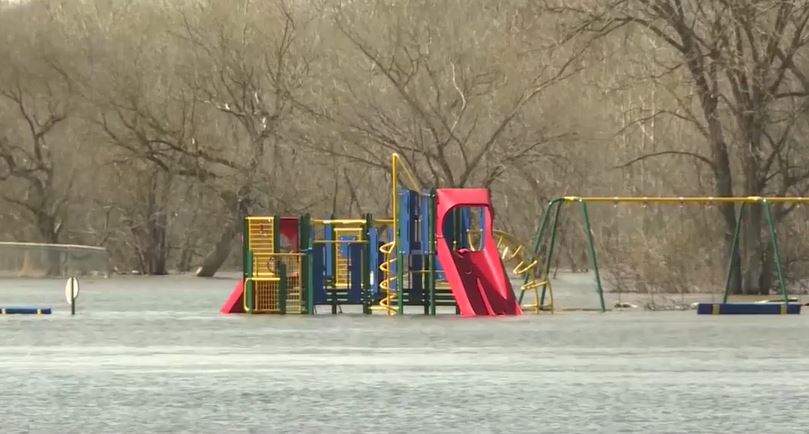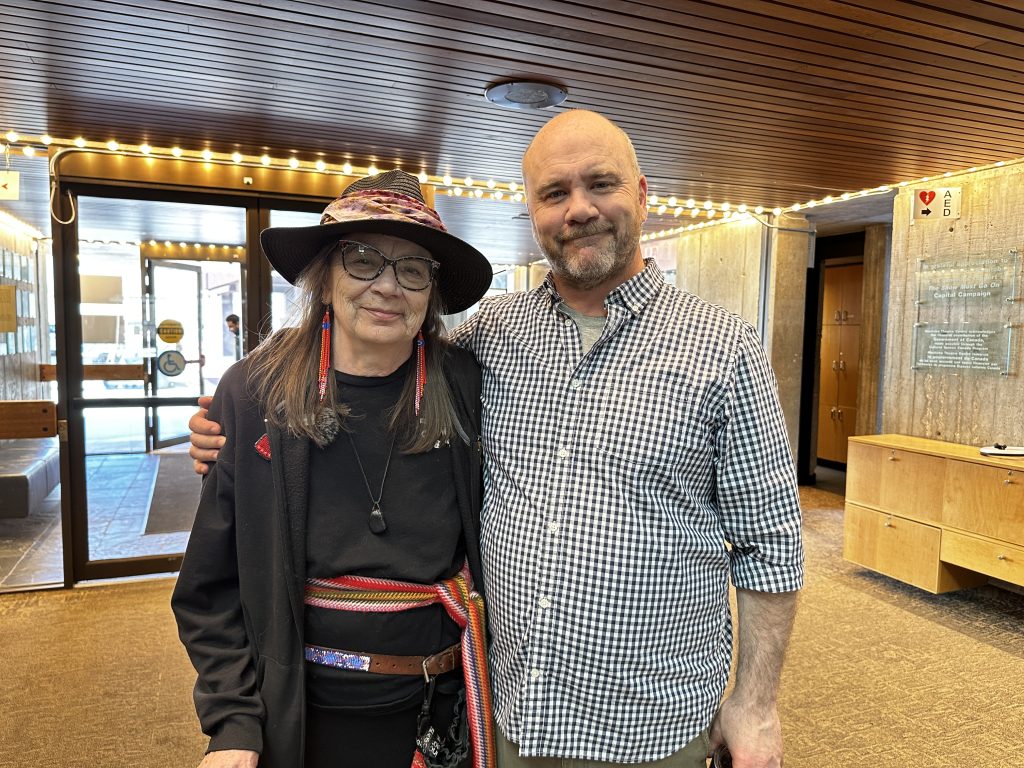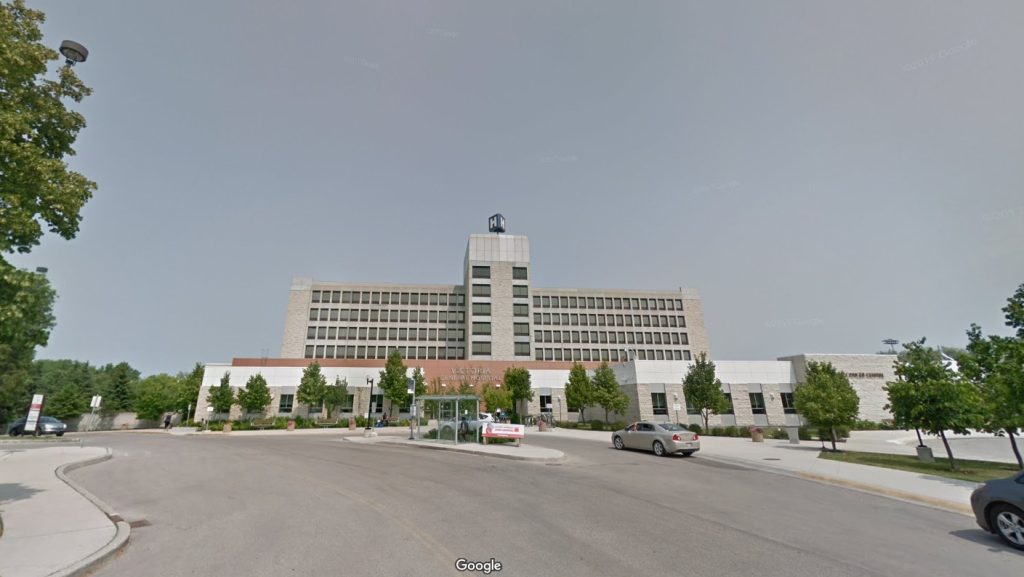Winnipeg’s ambulance wait times six minutes longer than target: WFPS
Posted June 12, 2022 5:29 pm.
Last Updated June 12, 2022 5:32 pm.
Ambulances in Winnipeg are taking several minutes longer to respond to life-threatening emergencies.
It’s an issue that stems from staffing challenges and a lack of ambulances.
The Winnipeg Fire Paramedic Service (WFPS) is currently responding to medical emergencies within eight minutes and 59 seconds – the target response time set by the service.
But this is only happening because fire crews are being forced to answer the calls.
“Now we’re not meeting times of eight minutes, 59 seconds to have a transport unit at a patient’s side, those times are pushing 15 minutes,” said Chief Christian Schmidt of the WFPS.
“We’ve seen those incremental increases over the last number of years.”
RELATED:
- Manitoba pledges $830K to add nurse training spaces at Red River College
- Shortage of cardiology technologists in Manitoba puts patients at risk, warns health-care association
- Emergency room closures in rural Manitoba a growing concern after patient dies being turned away
That transport unit time is six minutes longer than the desired goal. It’s a dangerous delay when dealing with life-threatening emergencies.
Schmidt told the city council’s protection and community services committee Friday that staffing wasn’t the only issue, there are also not enough ambulances.
“When we have situations where we go into a weekend, where we have one or zero physical ambulances available as spares to put into service, that is very concerning,” he said.
Ryan Sneath, the deputy chief of fire and EMS operations, says the service needs 11 new ambulances.
“The enhanced low acuity triage process is to make us more efficient as an operation, but that doesn’t take away from the fact that we need more units to be available to respond to emergencies in Winnipeg,” said Sneath.
Dr. Rob Grierson, the medical director for the WFPS, says staffing and ambulance shortages is not just an issue in Winnipeg, but across the province.
“Unfortunately, I think that is partly, or all due to with the stress of the pandemic,” said Grierson. “There are a ton of initiatives working to try and improve this, but it is going to take some time to make the dramatic changes that people are asking for.”
READ MORE:
- New EMS stations do not address Manitoba’s paramedic staffing crisis: health-care association
- Paramedics top list of most respected occupations in Canada: Poll
Terry Browett with the Brandon Fire and Emergency Services says residents in rural Manitoba are also waiting for ambulances longer than they have ever before.
“We go daily, what we call a blackout, where we have no ambulances available for hours every day, because our two ambulances are tied up,” said Browett.
Schmidt says the added workload is also taking a toll on firefighters.
“We either have to relocate fire units in order to mitigate that time, or we have to dispatch a unit from a further station in order to respond as the first in crew,” he said.








